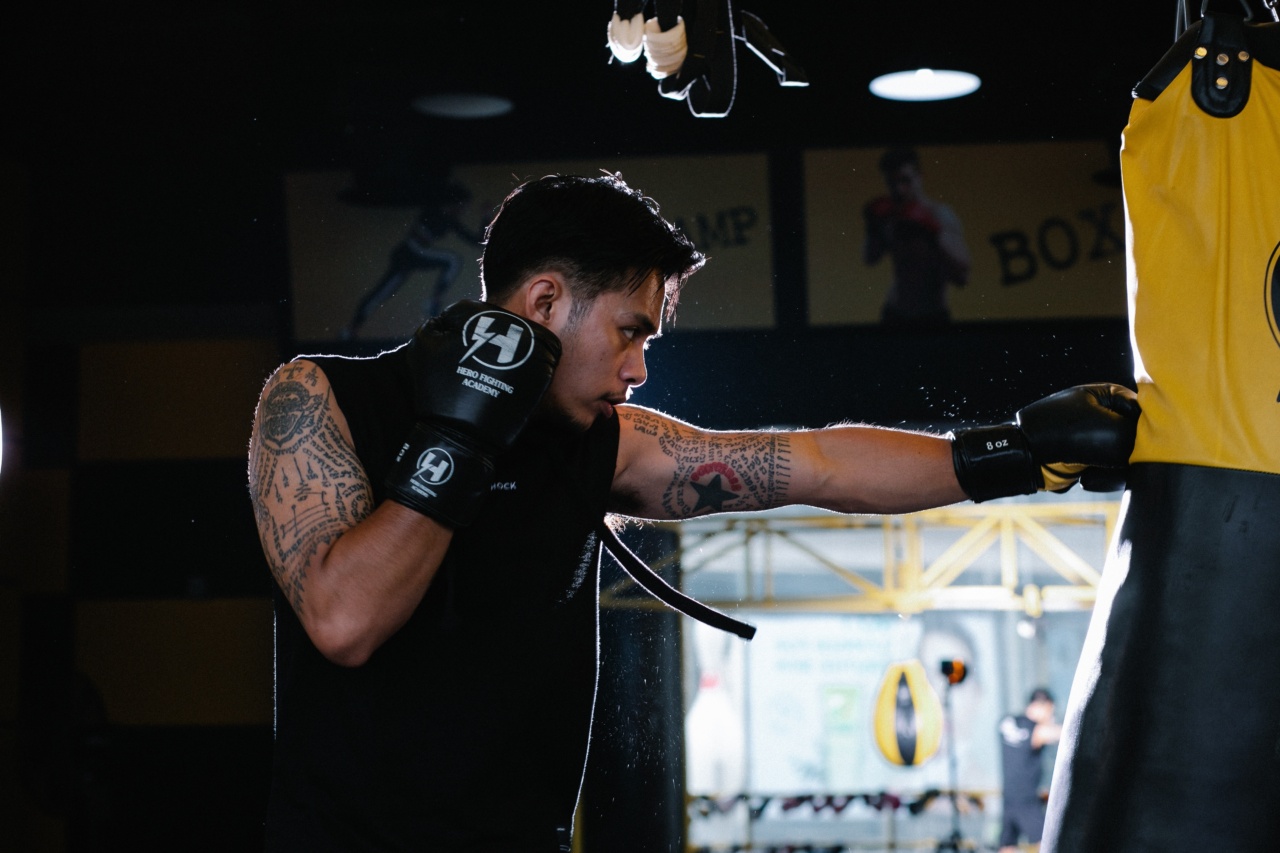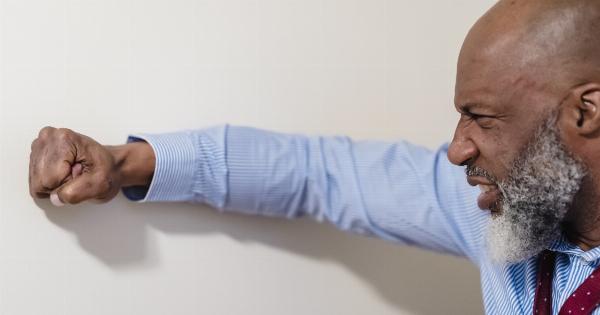Panic attacks can be an overwhelming and scary experience for those who suffer from them. They can come on suddenly and without warning, making it difficult to control your emotions and thoughts.
One of the most effective ways to reduce a panic attack is through breathing techniques. By focusing on your breath, you can calm your mind and bring your body back to a more balanced state. In this article, we will explore some of the best breathing techniques to help you reduce a panic attack and regain control of your mind and body.
1. Diaphragmatic Breathing
Diaphragmatic breathing, also known as belly breathing, is a technique that involves taking slow, deep breaths to reduce anxiety and stress. To practice diaphragmatic breathing, find a quiet, comfortable place to sit or lie down.
Place one hand on your belly and the other hand on your chest. Inhale slowly through your nose, allowing your belly to expand. Exhale slowly through your mouth, squeezing out all the air from your lungs. Repeat this process for several minutes until you feel more relaxed and calm.
2. Box Breathing
Box breathing is a technique that involves taking slow, deep breaths in a pattern of four equal parts. To practice box breathing, sit or lie down in a comfortable position. Inhale slowly through your nose for four counts. Hold your breath for four counts.
Exhale slowly through your mouth for four counts. Hold your breath for four counts. Repeat this pattern for several minutes until you feel more focused and centered.
3. Equal Breathing
Equal breathing is a technique that involves breathing in and out for equal amounts of time. To practice equal breathing, find a quiet, comfortable place to sit or lie down. Inhale slowly through your nose for a count of four.
Exhale slowly through your mouth for a count of four. Repeat this process for several minutes until you feel more relaxed and calm.
4. Counting Breath
The counting breath technique involves counting your breaths to control your thoughts and calm your mind. To practice counting breath, find a quiet, comfortable place to sit or lie down. Inhale slowly through your nose and count to four.
Hold your breath for a count of four. Exhale for a count of four. Hold your breath for a count of four. Repeat this process for several minutes, focusing on your breath and counting with each inhale and exhale.
5. Alternative Nostril Breathing
Alternative nostril breathing is a technique that involves breathing in and out through alternate nostrils to balance the body and calm the mind. To practice alternative nostril breathing, sit in a comfortable position with your back straight.
Use your thumb to close your right nostril and inhale slowly through your left nostril. Hold your breath for a count of four, then use your ring finger to close your left nostril and exhale slowly through your right nostril. Inhale through your right nostril, hold your breath, and exhale through your left nostril.
Repeat this process for several minutes until you feel more centered and balanced.
6. Visualization Breathing
Visualization breathing is a technique that involves using your imagination to help calm your mind and reduce anxiety. To practice visualization breathing, find a quiet, comfortable place to sit or lie down.
Close your eyes and imagine yourself in a peaceful place, such as a beach or a forest. Visualize each breath you take, bringing in peace and relaxation with each inhale and releasing stress and tension with each exhale. Repeat this process for several minutes until you feel more calm and relaxed.
7. 4-7-8 Breathing
The 4-7-8 breathing technique is a powerful exercise that can help reduce anxiety and promote relaxation. To practice this technique, sit or lie down in a comfortable position. Inhale deeply through your nose for a count of four.
Hold your breath for a count of seven. Exhale slowly through your mouth for a count of eight. Repeat this process for several minutes or until you feel more relaxed and calm.
8. Progressive Muscle Relaxation
Progressive muscle relaxation is a technique that involves tensing and relaxing the muscles to reduce anxiety and stress. To practice progressive muscle relaxation, find a quiet, comfortable place to sit or lie down.
Starting from your feet, tense the muscles for a few seconds, then release. Move up to your calves, thighs, abdomen, chest, arms, and face, tensing and releasing each muscle group. Repeat this process for several minutes until you feel more relaxed and calm.
9. Yoga Breathing
Yoga breathing, also known as pranayama, is a set of techniques that involve controlling the breath to reduce stress and anxiety. To practice yoga breathing, find a quiet, comfortable place to sit or lie down.
One of the most popular techniques is the three-part breath, which involves inhaling deeply into the belly, the rib cage, and the chest, before exhaling slowly through the nose. Repeat this process for several minutes or until you feel more relaxed and calm.
10. Repeating a Mantra
Repeating a mantra is a technique that involves focusing on a word or phrase to calm the mind and reduce anxiety. To practice this technique, find a quiet, comfortable place to sit or lie down.
Choose a mantra that resonates with you, such as “peace” or “calm.” Close your eyes and repeat the mantra silently to yourself with each inhale and exhale. Repeat this process for several minutes or until you feel more centered and balanced.
Conclusion
Breathing techniques are a powerful tool for reducing panic attacks and promoting relaxation and calmness.
Whether you choose diaphragmatic breathing, box breathing, equal breathing, counting breath, alternative nostril breathing, visualization breathing, 4-7-8 breathing, progressive muscle relaxation, yoga breathing, or repeating a mantra, the key is to find a technique that works for you and practice it regularly. With time and practice, you can learn to control your breath and your thoughts, and reduce anxiety and stress in your daily life.





























